Do not be subjective with rice blast disease
Recorded in Nghi Xuan district, through field inspection by the Department of Agriculture and Environment and the Center for Application of Science and Technology & Protection of Crops and Livestock of the district, leaf and neck blast disease has appeared on some areas of planting non-structural varieties in Dan Truong and Xuan Hoi communes such as P6, IR1820,... The average infection rate is from 2 - 3%, locally up to 7 - 10% on a total area of more than 12 hectares.
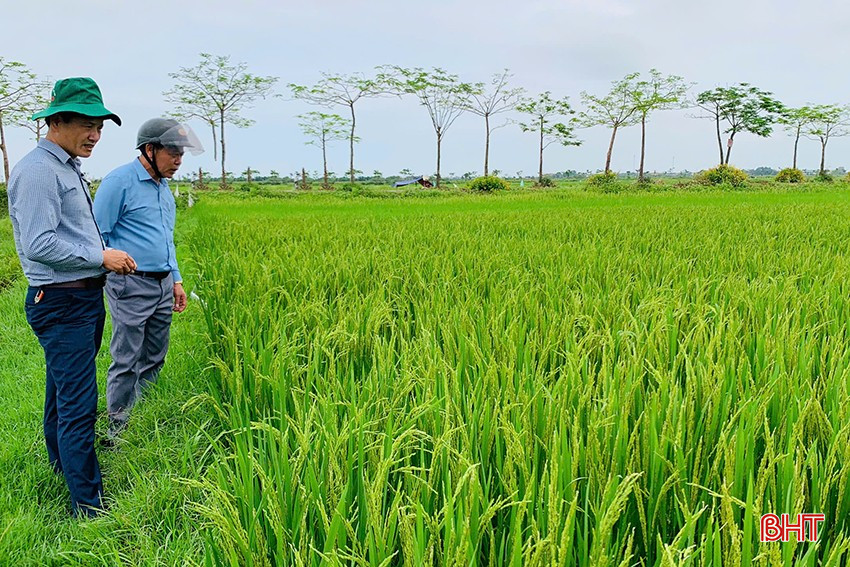
According to Mr. Le Anh Duc - Deputy Head of the Department of Agriculture and Environment of Nghi Xuan district, the locality has coordinated with authorities at all levels to guide people to destroy heavily infected rice fields; recommended spraying a second time for rice fields that have bloomed, especially areas that have been infected with leaf blast and leaf collar blast to limit the risk of spreading.
In Cam Xuyen district, more than 9,500 hectares of spring rice are also entering the concentrated flowering stage, right at the time of alternating sunny and rainy weather with high humidity. This is an ideal condition for the rice blast disease to arise and cause damage.

Ms. Tran Thi Trang - technical officer of the Center for Application of Science and Technology and Protection of Crops and Livestock in Cam Xuyen district said: "Considering that this year the source of rice blast fungus accumulated in the fields is quite large, we continue to recommend spraying at the right dose and at the right time for rice areas that are in the flowering stage (3 - 5%); spraying again for susceptible varieties such as VNR20, Khang Dan, Bac Thinh..., and high-risk areas, the "navel" of rice blast when the rice finishes the flowering stage in communes such as Cam Quan, Nam Phuc Thang, Cam Duong,...".
According to a report from the provincial Department of Crop Production and Livestock, blast disease has appeared on the leaf collar in many localities, with an average rate of 1 - 3%, in some places from 7 - 10%, mainly on varieties P6, Thai Xuyen 111, VNR20, Khang Dan 18, Bac Thinh, SV181... with a total infected area of about 40 hectares. This is a source of disease with a very high risk of transferring to cause damage on the cotton collar.
More worryingly, in Nghi Xuan and Ky Anh districts, blast disease has also appeared on the cotton neck at a rate of 1 - 3%, locally 5%, the affected area is about 0.5 ha (on varieties XT28, KD18).
The whole province currently has more than 41,000 hectares of spring rice that have flowered, concentrated in the districts of Duc Tho, Nghi Xuan, Can Loc, Thach Ha, Huong Khe, etc. It is expected that the remaining 11,800 hectares will continue to flower from now until around May 5. Meanwhile, the Ha Tinh Hydrometeorological Station forecasts that the weather in the coming days will remain cloudy, with showers, high humidity, and an average temperature of over 25°C. The source of blast fungus accumulated in the fields is quite large and Ha Tinh has been identified as having many strains of highly toxic blast fungus.
These are the factors that create favorable conditions for blast fungus spores to arise and develop right at the concentrated rice flowering stage in the whole province, which can cause damage to the yield and output of the whole crop if not monitored and sprayed for prevention in time.

More than 1,500 hectares infected with sheath blight
Along with rice blast, brown spot disease is also developing complicatedly on a large scale. In hot and humid conditions, in just nearly 10 days (from April 17 to 24), the area infected with brown spot disease in the province increased by more than 750 hectares, bringing the total infected area to about 1,500 hectares. The disease mainly damages densely planted fields with excess nitrogen fertilization, with an average rate of 7-10%, and in high places 10-15%.
Mr. Tran Van Huan (Moi village, Xuan Loc commune, Can Loc) said: "This spring crop, my family planted more than 1 acre of rice, but most of it was infected with brown spot disease. Although we sprayed the disease for prevention once, because the rice fields were thick and the humidity in the rice canopy was high, the disease continued to spread. In recent days, I have been spraying again for the second time when the rice has just emerged."
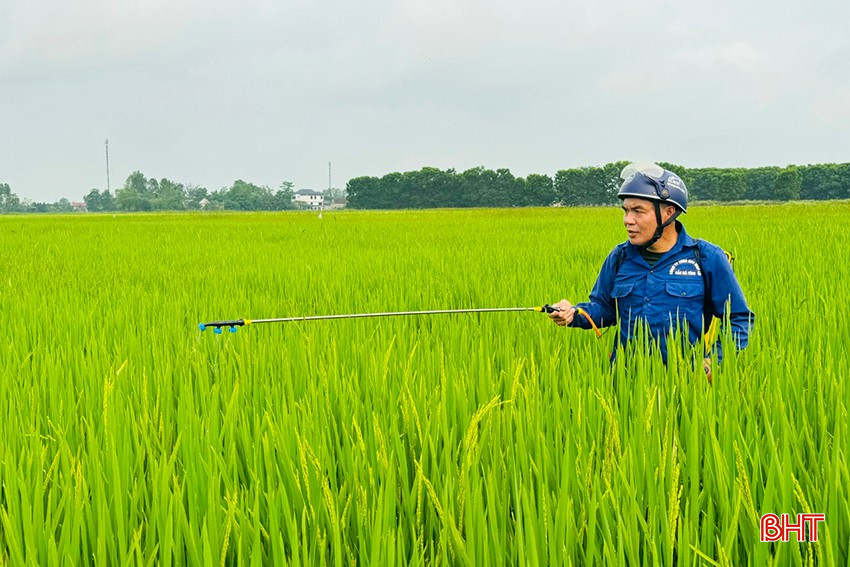
The weather forecast continues to maintain a hot and humid pattern, with temperatures ranging from 24 - 32°C, creating favorable conditions for the sheath blight disease to increase in both scope and severity. If not prevented in time, the disease will greatly affect the growth and yield of rice, even weakening the plants and making them prone to falling during heavy rains and winds.
In addition, according to experts, thunderstorms with strong winds occurring in late April and early May are also forecast to increase the risk of bacterial leaf blight outbreaks, especially on varieties such as Thai Xuyen 111, ADI168, Xuan Mai 12,...

Mr. Nguyen Tong Phong - Deputy Head of the Department of Crop Production and Livestock of Ha Tinh province said: "The Department of Agriculture and Environment has just sent a document to the People's Committees of districts, cities and towns to rescue agricultural production. In particular, the People's Committees of districts, cities and towns are required to focus on directing communes, wards, towns and specialized sectors to closely follow the grassroots, carry out well the work of investigating, estimating and forecasting pests and diseases; promptly detect pests, especially rice blast disease on spring rice.
We strongly recommend that people spray the right amount and at the right time to prevent rice blast disease, especially on rice blast-infected varieties and areas that have just been affected by leaf and neck blast. In addition, areas that have already bloomed need to monitor the progress of rice blast disease to handle it promptly. If necessary, spray again to prevent it for the second time.
Source: https://baohatinh.vn/nhieu-loai-sau-benh-gay-hai-lua-xuan-cuoi-vu-post286854.html








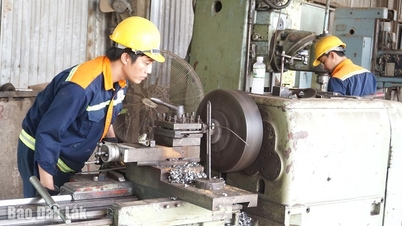















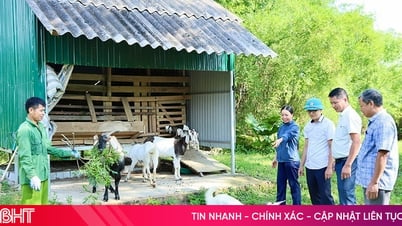


















































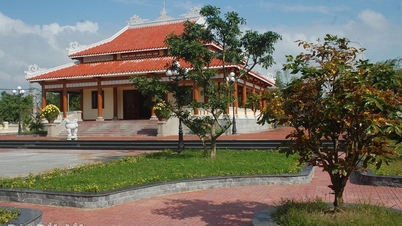












Comment (0)